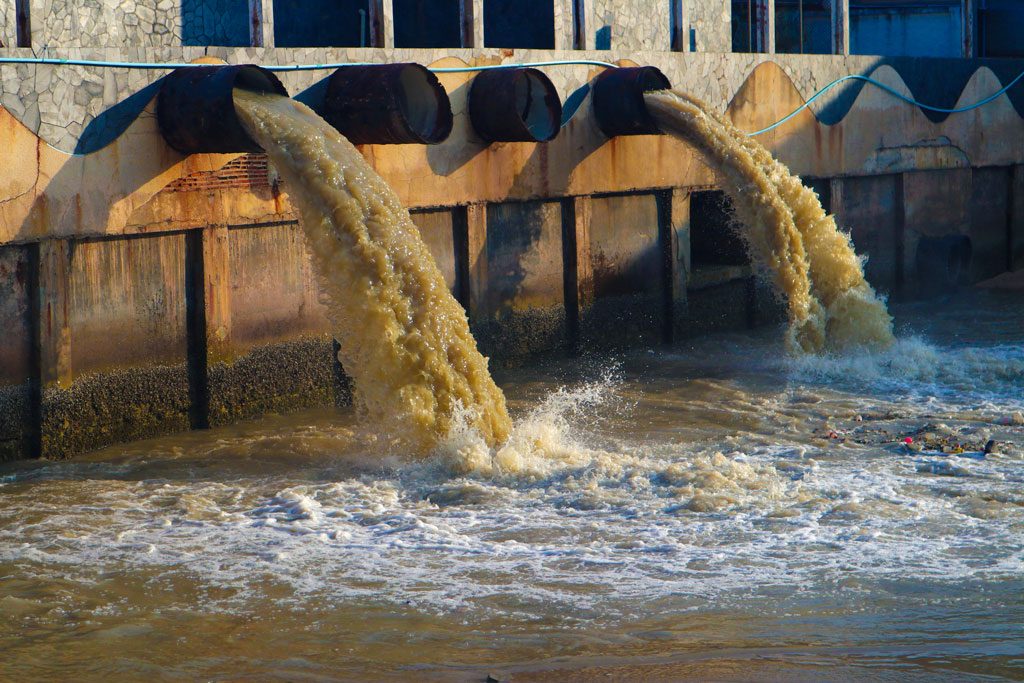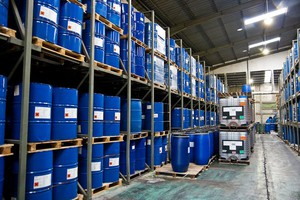UV-328: A Persistent Organic Pollutant to be eliminated under the Stockholm Convention – Latest Update from the EU
What is UV-328?
UV-328 (2-(2H-benzotriazol-2-yl)-4,6-di-tert-pentylphenol; CAS No.: 25973-55-1) belongs to the group of phenolic benzotriazoles (BZTs). This substance absorbs the full spectrum of ultraviolet (UV) light and is commonly used as a UV stabilizer in plastics, coatings, paints, and other industrial materials.
UV-328 is regulated as a substance of very high concern (SVHC) on Annex XIV, the authorization list, of Regulation (EC) 1907/2006 on the registration, evaluation, authorization and restriction of chemicals (REACH).
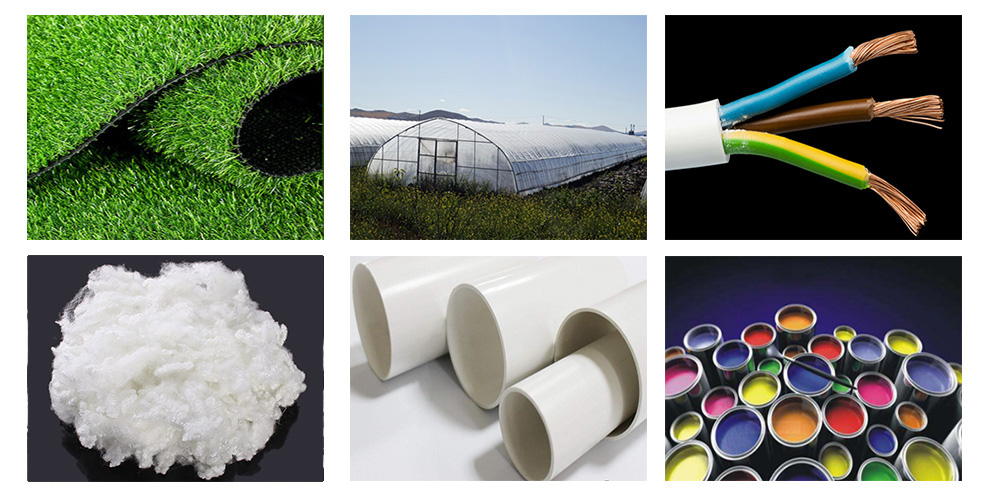
Why should UV-328 be eliminated in the EU?
On May 5, 2025, the European Commission (EC) adopted a delegated act amending Regulation (EU) 2019/1021 on Persistent Organic Pollutants (POPs), officially inserting UV-328 to Part A of Annex I.
This amendment aligns with the Stockholm Convention, a global convention requiring signatory countries to prohibit or severely restrict the use of POPs due to their adverse effects on human health and the environment.
The new regulation takes effect on February 26, 2025.
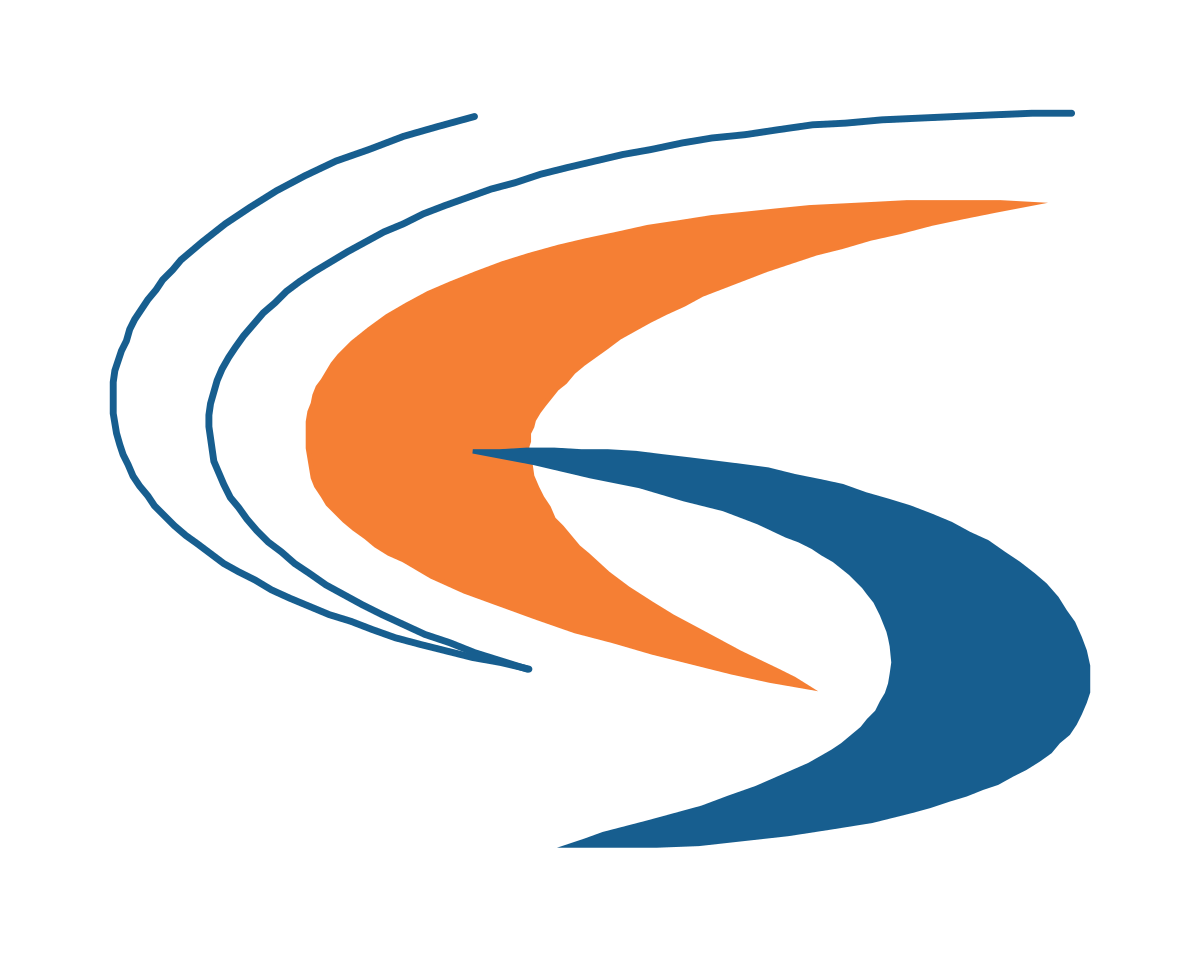
Health and Environmental Impacts of UV-328
UV-328 is classified as a Persistent Organic Pollutant (POP) – a group of chemicals with the following properties:
・Highly toxic
・Bioaccumulative
・Persistent in the environment
Humans may be exposed to UV-328 through:
・Contaminated food
・Polluted air, soil, and water
・Chemical leaks and industrial accidents
Potential impacts include
・Death
・Cancers
・Allergies, Hypersensitivity
・Developmental changes
・Damage to the central and peripheral nervous systems
・Disruption of the endocrine, reproductive, and immune systems
UV-328 negatively affects humans, plant and animal species and natural ecosystems both in close proximity and at significant distances away from the original source of discharge.
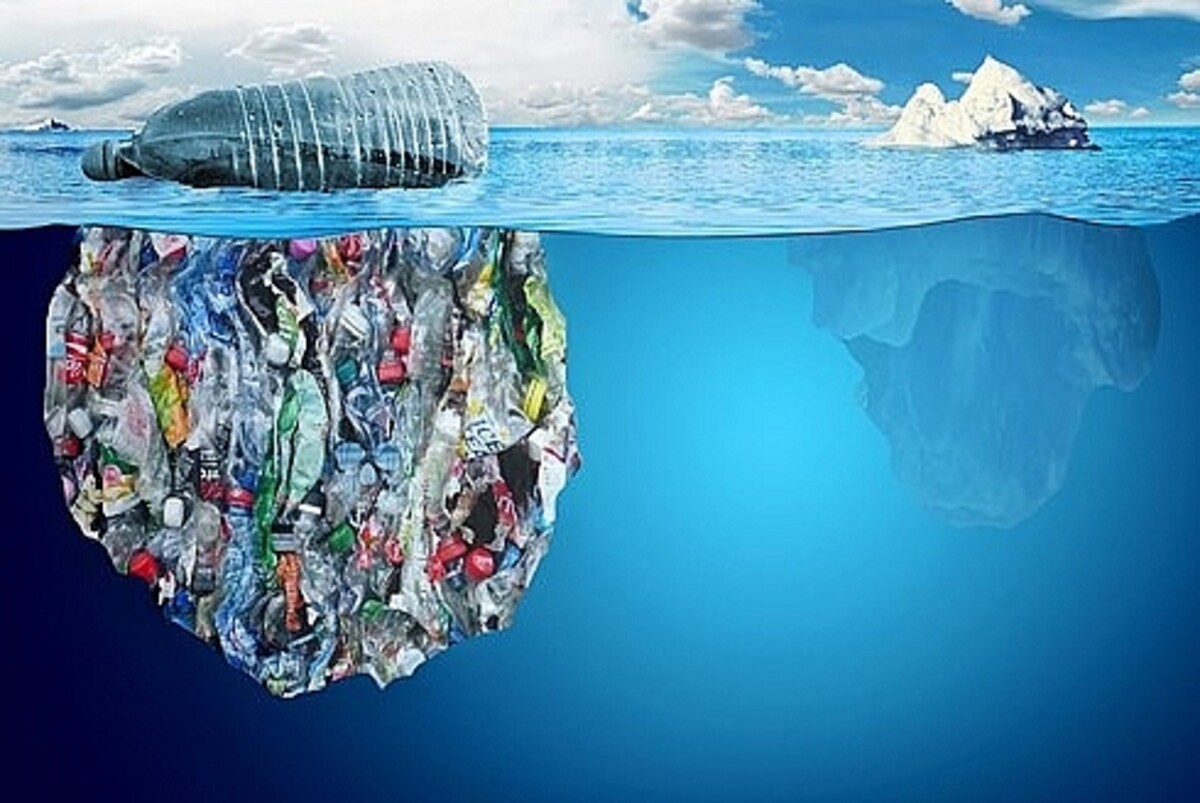
Stockholm Convention and Vietnam’s Obligations
At the 11th Meeting of the Conference of the Parties (May 1–12, 2023), the Convention officially adopted Decision SC-11/11, listing UV-328 in Annex A (Elimination).
As a Party to the Convention, Vietnam is obligated to:
・Update the National Implementation Plan
・Submit periodic implementation reports
・Enact legal measures to ban or restrict the production, use, import, and export of UV-328
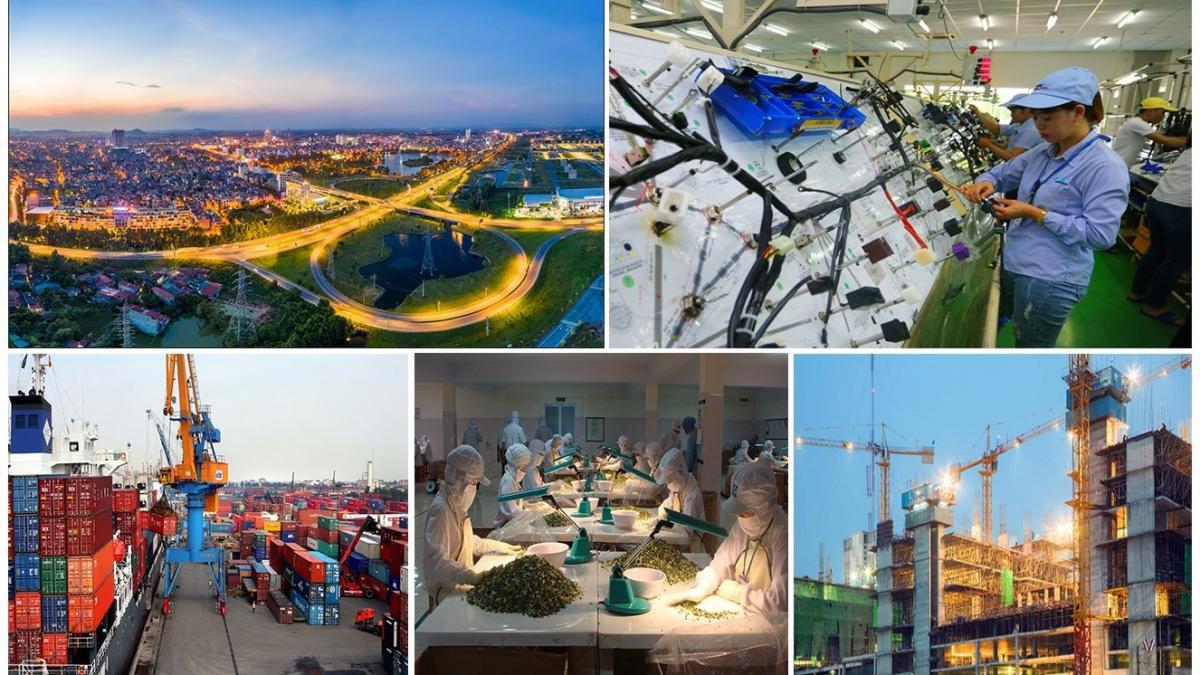
Exemptions and Thresholds for UV-328
Although UV-328 will be prohibited, temporary exemptions (up to 5 years) have been granted for specific uses, including:
・Land-based vehicles
・Mechanical separators in blood collection tubes
・Polarizers
・Photographic paper
・Spare parts.
The unintentional trace contaminant (UTC) limit for UV-328 is proposed at 1 mg/kg, meaning UV-328 may be considered an “unintentional production” if present below this threshold.
What Should Businesses Do?
Businesses involved in manufacturing, importing, or distributing products potentially containing UV-328 should:
・Review the supply chain and raw materials
・Discontinue use or identify alternatives to UV-328
・Update technical documentation, labels, and safety data sheets (SDS)
・Consult with regulatory authorities or environmental compliance experts
Conclusion
The global ban on UV-328 under the Stockholm Convention is a major step toward safeguarding public health and the environment. Enterprises must act promptly to comply with new legal requirements and support global efforts to eliminate hazardous substances.


